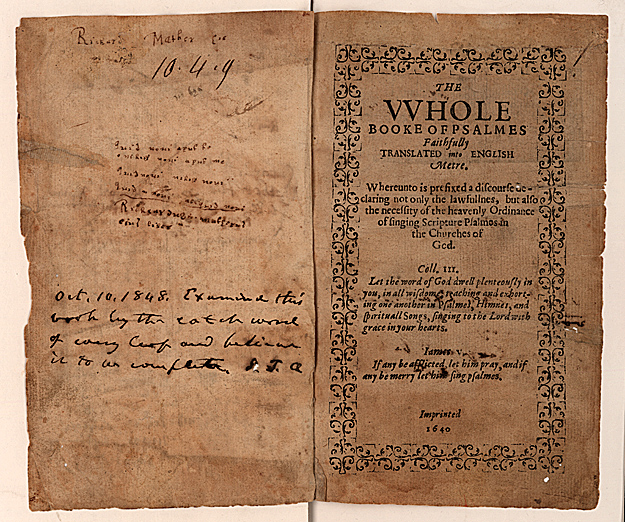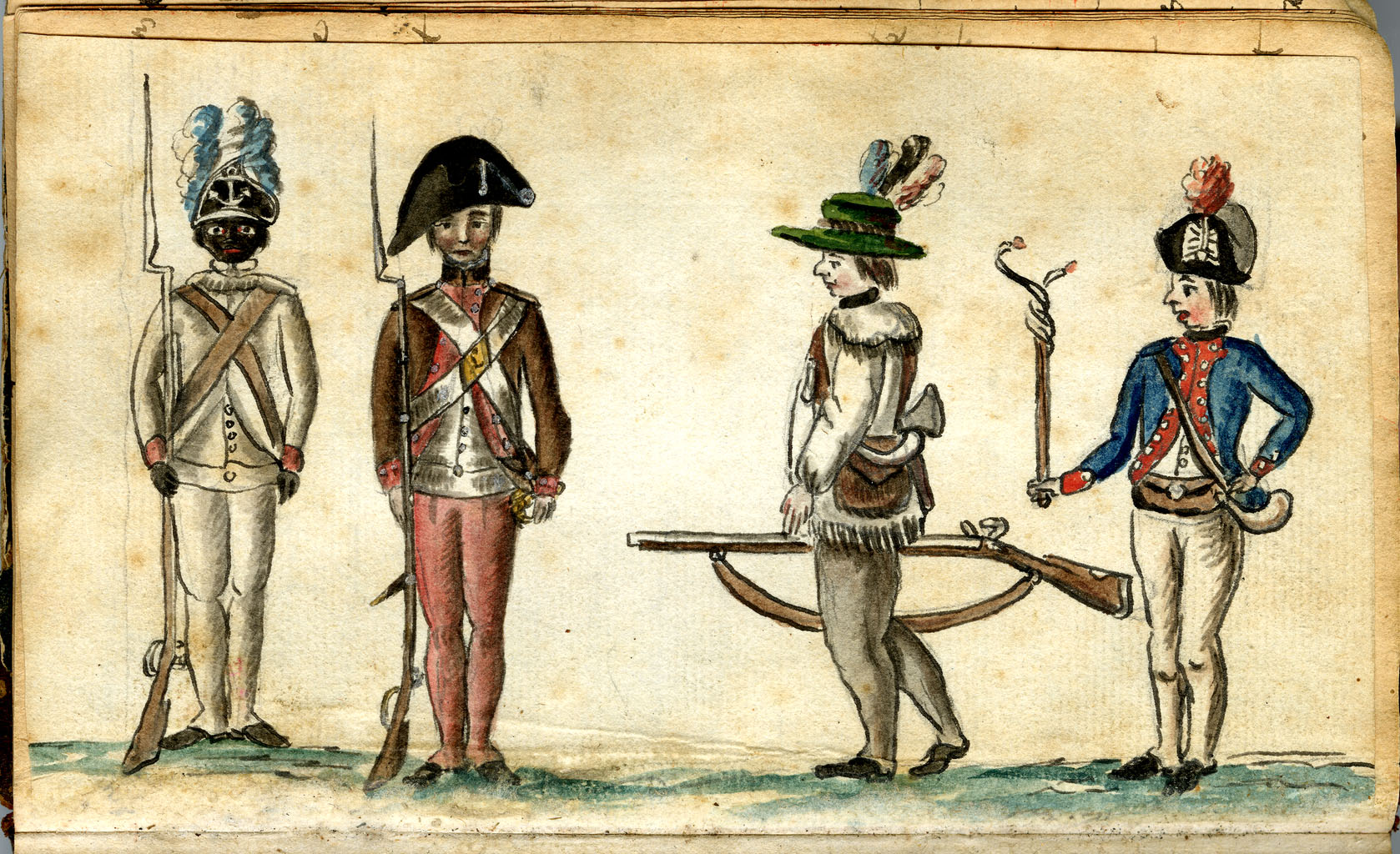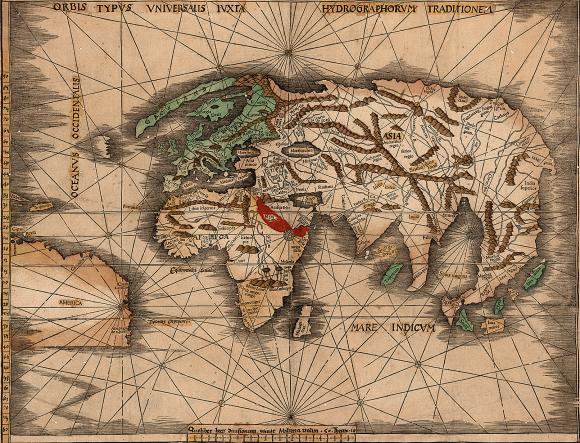PROVIDENCE, R.I. [Brown University] — The Brown University Library and the John Carter Brown Library are among the 31 institutions partnering with the Library of Congress and the United Nations Educational, Scientific and Cultural Organization (UNESCO) to launch the World Digital Library (WDL).
The WDL is a web site that features unique cultural materials and national treasures from libraries and archives around the world, including manuscripts, maps, rare books, films, sound recordings, prints, photographs, and other resources. The site was conceived in 2005 by U.S. Librarian of Congress James H. Billington as a way to promote cross-cultural awareness by telling the stories and highlighting the achievements of all countries and cultures, including those that lack the resources to digitize and display important cultural resources. The WDL provides unrestricted public access, free of charge, to this material.

The WDL launch took place recently at UNESCO Headquarters in Paris. Harriette Hemmasi, the Joukowsky Family University Librarian at the Brown University Library, and Edward Widmer, director and librarian at the John Carter Brown Library, joined WDL partners in helping present the project to those attending the semi-annual meeting of UNESCO’s Executive Board. Hemmasi said it was a “great honor” and Widmer agreed it was a “terrific privilege” to be part of this global initiative. “The goals of the project are noble and enriching — to bring together primary documents representing the world’s cultures and make them openly available via the internet,” Hemmasi said. “It is very humbling to be part of this endeavor and to represent Brown.” Widmer noted that the WDL had received more than 1 million hits in its first day.
The WDL functions in seven languages — Arabic, Chinese, English, French, Portuguese, Russian, and Spanish — and includes content in more than 40 languages. Items on the WDL may easily be browsed by place, time, topic, type of item, and contributing institution, or can be located by an open-ended search, in several languages. Special features include interactive geographic clusters, a timeline, advanced image-viewing and interpretive capabilities. Item-level descriptions and interviews with curators about featured items provide additional information.
Other examples of treasures that will be featured on the WDL include oracle bones and steles contributed by the National Library of China; Arabic scientific manuscripts from the National Library and Archives of Egypt; early photographs of Latin America from the National Library of Brazil; the Hyakumanto darani, a publication from the year 764 from the National Diet Library of Japan; the famous 13th century “Devil’s Bible” from the National Library of Sweden; works of Arabic, Persian, and Turkish calligraphy from the collections of the Library of Congress.


